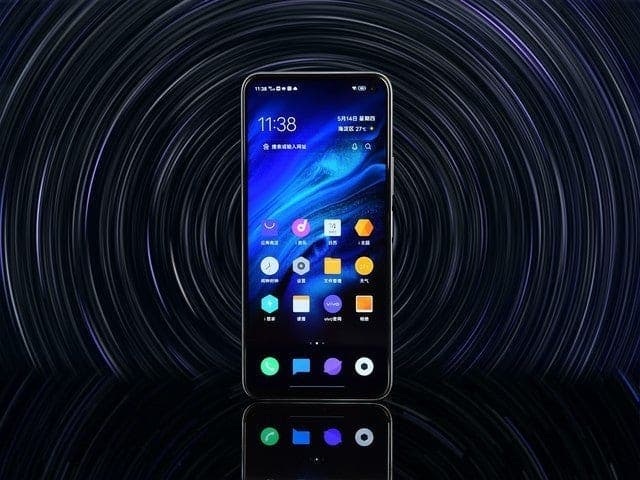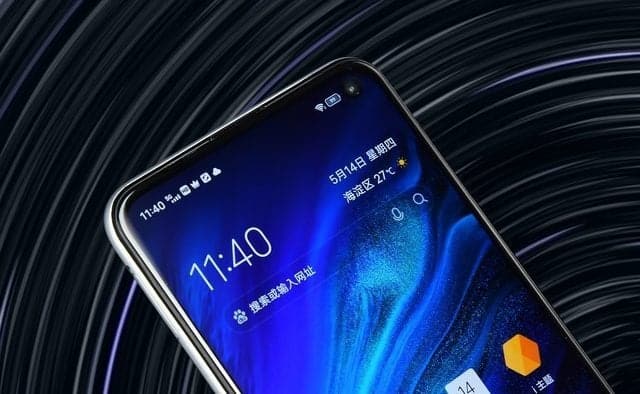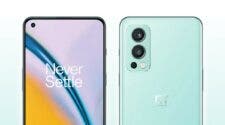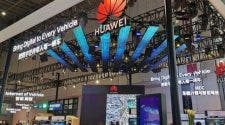Every day, most of the time we spend on our smartphones. We do everything through them. That’s why we want a larger screen with smoother performance, a faster processor, larger memory and storage, a more powerful camera, longer endurance, etc. Recently, I have been reading an interesting article about the 144Hz screen of the iQOO Z1. So I decided to share with you what I learned after quick research.

That’s not a secret the smartphones have started a revolutionary trend of high refresh rate. So previously, if we have been looking at the screen size, resolution, aspect, and screen ratio, now we are very concerned about whether smartphones are equipped with high refresh rate screens. One of the latest phones coming with a 144Hz screen is the iQOO Z. So I decided to realize whether such a screen and especially this handset, are as good as talking. What’s more important, I want to understand what are the main advantages of such screens?
Briefly about the screen refresh rate
The refresh rate refers to the number of times the image on the screen is scanned repeatedly from top to bottom. Therefore, the higher the refresh rate, the smoother the displayed picture. Simply put, it is identical to the case when we read a book and turn a page. The picture is composed of static pictures, and the refresh rate is how fast we turn pages.
The same happens with the screen. But the latter will display one by one from top to bottom. What’s more important – the entire page is refreshed one frame at a time. Normally, we need at least 24 frames in a second. But most of the current smartphones support the 60fps refresh rate. It seems that no more frames are required to be displayed at a time. So why some manufacturers have decided to bring higher refresh rates?

As said, a higher refresh rate has more frames in the same period of time. The higher the frame rate, the less the afterimages on the screen, and the smoother the animation. The 60Hz screen refreshes 60 times a second, the 90Hz screen refreshes 90 times a second, and the 144Hz refreshes 144 times a second.
The reason for the high popularity of high-refresh screens is simple – cost and power consumption. That’s not a secret that in smartphones, screens are the ‘hungriest eaters’ of power. So the lower the energy consumption of the screen, the better. In other words, lower power consumption can maintain longer battery life. These two constraints are also the reasons why a few smartphone manufacturers use high refresh rate screens.
144Hz screen on the iQOO Z1
This handset uses an LCD screen. The high refresh rate on the LCD screen can effectively solve the power consumption problem. In addition, this screen has passed the German Rhine Eye Protection certification. So we are dealing with an eye-protective display.
The quality of the iQOO Z1 LCD screen itself is not bad, making the high refresh rate of 144Hz useful.

We can see from the picture above that the higher the screen refresh rate, the better the real-time dynamic picture display.
The high refresh rate of 144Hz is very intuitive for the improvement of the smartphone experience. During the game, the higher refresh rate can make operations such as aiming and scene switching more streamlined and stronger with the chirality. So the player’s gaming experience can be improved a lot.
Conclusion
In fact, if you want a high refresh rate screen smartphone, especially, you require 144Hz, there are not many options at the moment. You can only acquire the Nubia Red Magic 5G, iQOO Neo 3, Nubia Play, the iQOO Z1 5G, or wait for the Lenovo Legion. As you can see two of them belong to Nubia and two belong to iQOO/Vivo. We talked about the screen of the iQOO Z1, which is a ‘traditional’ handset. But it’s not difficult to guess 144Hz screens will mainly appear on gaming smartphones.
P.S. I choose the iQOO Z1 to introduce advantages of 144Hz screen for a few reasons. But the most important is that it is powered by the MediaTek Dimensity 1000+ chip. As I know, this is the only non-Qualcomm chip supporting this feature. The aforementioned models mainly come with either Snapdragon 865 or 765G. So if we want this technology to become more popular, other chip makers should bring their processors with similar capabilities as well. Otherwise, once a high refresh rate becomes mainstream, Qualcomm will capture the whole market again. Of course, such things don’t last long. But they bring a lot of benefits to the ‘monopolists’. In this sense, the iQOO Z1 showcases that the MediaTek chip could make the competition as well.






This writer know absolutely nothing about high refresh rate, almost everything here are lies
This is terrible and contains so much INCORRECT information! Higher refresh rates actually consume more power. I read this writers bio and it makes sense that he lost his lecturing job at University. Complete fail at this as well, go find a new job!